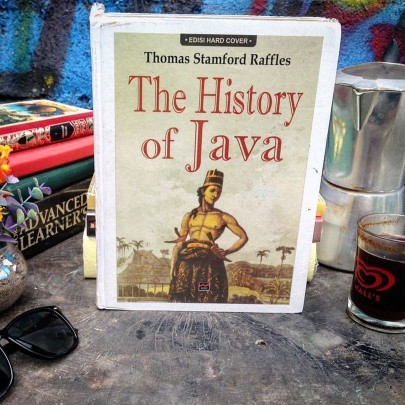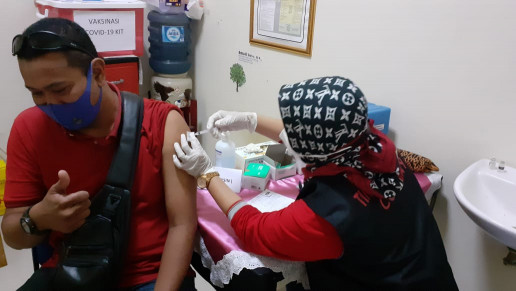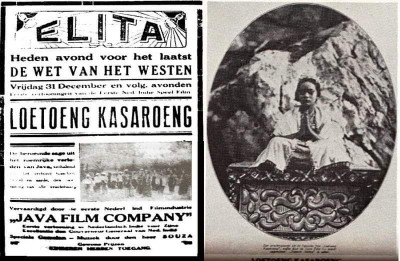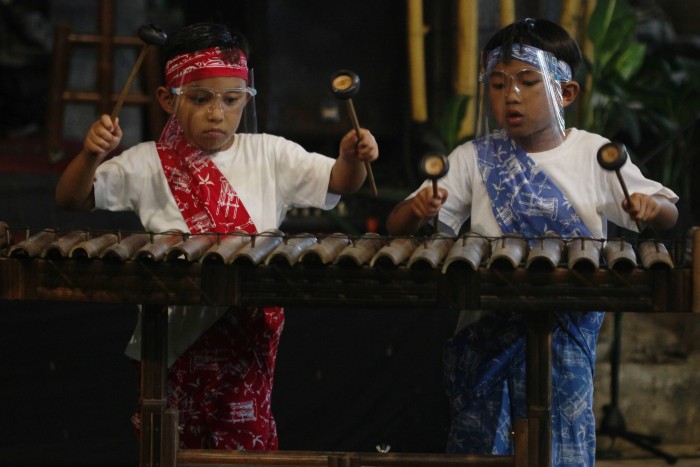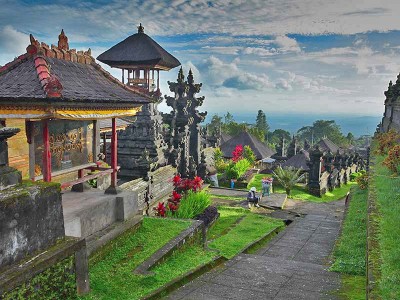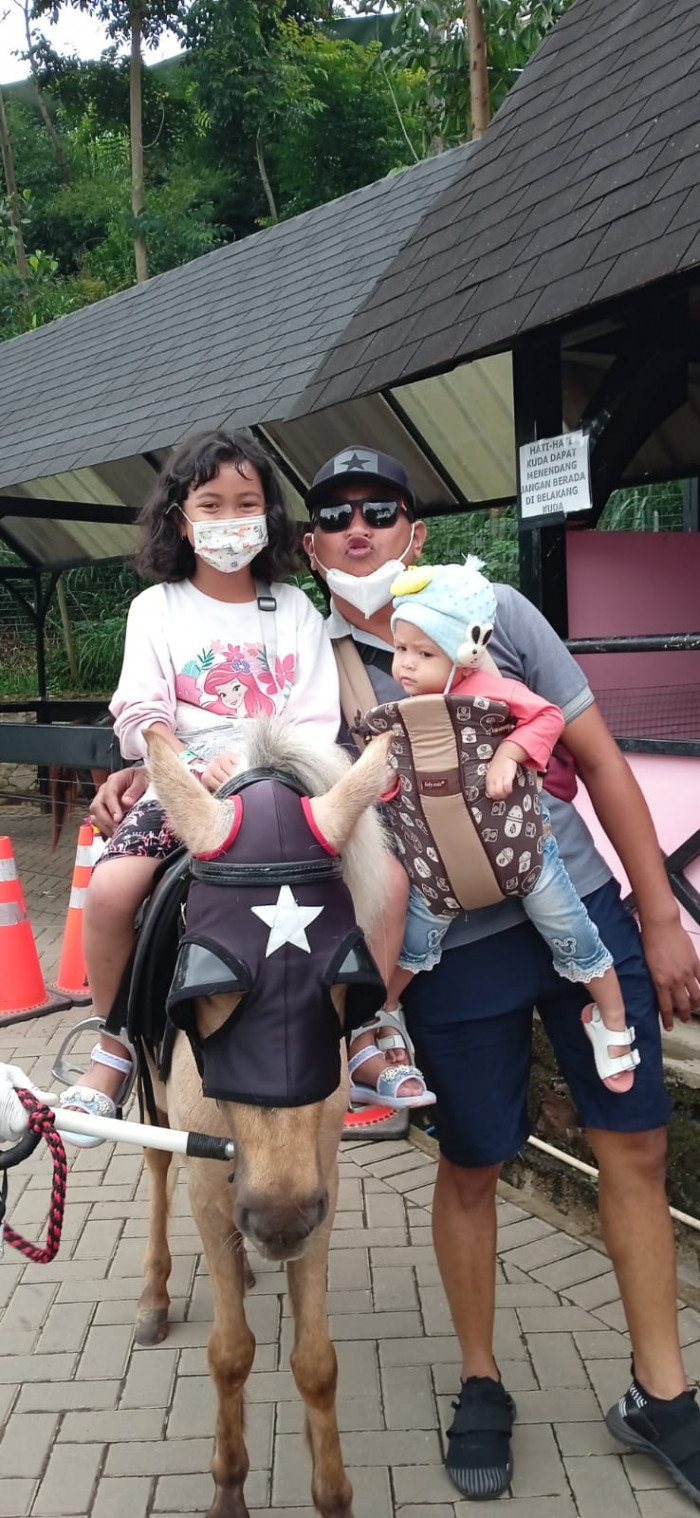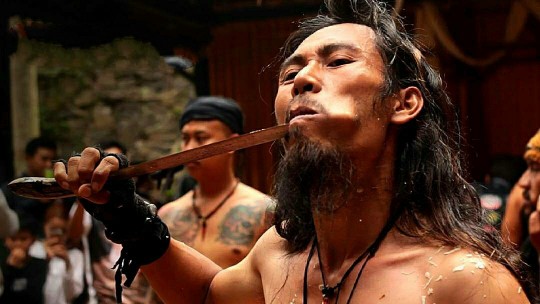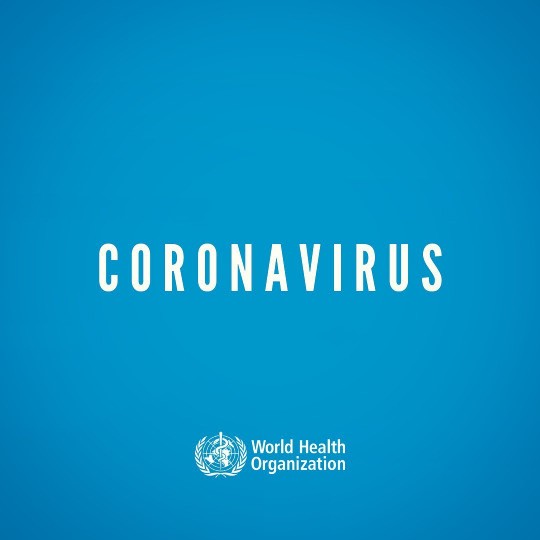javaprivatetour.com – Pasuruan, a small city in East Java, Indonesia, may not ring a bell for many. But unbeknownst to most, this unassuming city played a pivotal role in shaping the global sugar industry.
In the early 20th century, Pasuruan was the epicenter of a groundbreaking discovery that revolutionized sugarcane cultivation worldwide.
Imagine wandering through the quaint alleys of Pasuruan’s old settlement, arriving at the facade of a building adorned with arched glass windows and granite walls. This structure, rebuilt in the late 1940s to replace its predecessor razed during the First Military Aggression, holds significance. Once the headquarters of “Proefstation voor de Java-suikerindustrie” or the Sugar Industry Research Station in Java during the Dutch colonial era, it now serves as the Indonesian Sugar Plantation Research Center (P3GI).

Despite some parts being lost to the construction of P3GI’s new building in 1977, the institution remains a beacon of Pasuruan’s history and its global impact. But why did this small city gain worldwide recognition?
It all began with Dr. IHF Sollewijn Gelpke’s articles published in the De Locomotief newspaper in March 1885. He voiced concerns about the sugar industry’s challenges and advocated for the establishment of a sugar research institute in Java. Thus, several sugar research stations emerged, including Proefstation Het Midden Java (Semarang, 1885), Proefstation Suikerret in West-Java (Tegal, 1886), and Proefstation Oost-Java (Pasuruan, 1887).
Gelpke’s worries about the sugar industry were justified. By the early 1880s, Java’s sugar industry faced turmoil. Global sugar production exceeded consumption levels, necessitating production restrictions. Moreover, the low quality of Javanese sugarcane, compounded by the outbreak of the Serai pest (Androgon schoenanthus), hampered competitiveness.
After five years of operation, Proefstation Oost-Java in Pasuruan conducted extensive research on sugarcane pests. Dr. JH Wakker, the director from 1892 to 1897, initiated conventional sugarcane breeding programs to combat the Serai pest.

In 1921, after forty years of battling the Serai pest, Proefstation voor de Java-suikerindustrie Pasuruan successfully developed a new sugarcane clone with the code POJ 2878. This breakthrough not only resisted the Serai pest but also exhibited higher productivity than previous varieties.
The success of POJ 2878 reverberated globally. By the late 1920s, nearly 200,000 hectares of sugarcane plantations in Java cultivated this new variety. Its cultivation spread worldwide, from the Caribbean to Louisiana and even to Colombia in the early 1930s.
The legacy of Pasuruan’s sugarcane breeding efforts persists. Today, Pasuruan’s contribution to the global sugarcane industry might be forgotten by many, but its impact remains profound.
In conclusion, Pasuruan is not just a small city with a sweet sugarcane memory; it’s a place of noble endeavors in agricultural research. Its tale, woven into the fabric of Indonesia’s history, begs the question: Pasuruan, when will you shake the world again?

Discover Java’s Charms with Java Private Tour
Amidst Pasuruan’s rich history lies an enchanting tale of sugarcane ingenuity. If you’re a traveler eager to uncover such hidden gems in Java, look no further than Java Private Tour. Our team of professional local guides, fluent in English and renowned for their hospitality and extensive knowledge, ensures a personalized and flexible experience tailored to your preferences.
At Java Private Tour, we don’t just offer guided tours; we provide an immersive journey through Java’s diverse landscapes and cultural heritage. With a fleet of private vehicles ranging from sedans to buses, accompanied by licensed drivers and guides, your exploration of Java becomes seamless and unforgettable.
Recommended by embassies and cherished by travelers worldwide, Java Private Tour guarantees an unparalleled adventure. Whether you’re a first-time visitor or a seasoned explorer, let Java Private Tour be your compass in navigating the wonders of Java, Indonesia. BOOK HERE and embark on a journey like no other with us.
You May Also Like
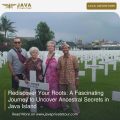 Unraveling Family Histories: An Ancestral Journey Through Java with Java Private Tour
Unraveling Family Histories: An Ancestral Journey Through Java with Java Private Tour
 Java’s Artistic Odyssey, The Fascinating World of Lengger Lanang
Java’s Artistic Odyssey, The Fascinating World of Lengger Lanang
 Explore the Ancient World of Java’s Human Ancestors at Sangiran Village
Explore the Ancient World of Java’s Human Ancestors at Sangiran Village
 Discovering the Enchanting Tapestry of Java: Unraveling Its Fascinating History
Discovering the Enchanting Tapestry of Java: Unraveling Its Fascinating History
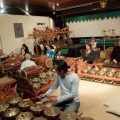 Harmony in Java: Exploring the Enchanting World of Javanese Gamelan with Java Private Tour
Harmony in Java: Exploring the Enchanting World of Javanese Gamelan with Java Private Tour



